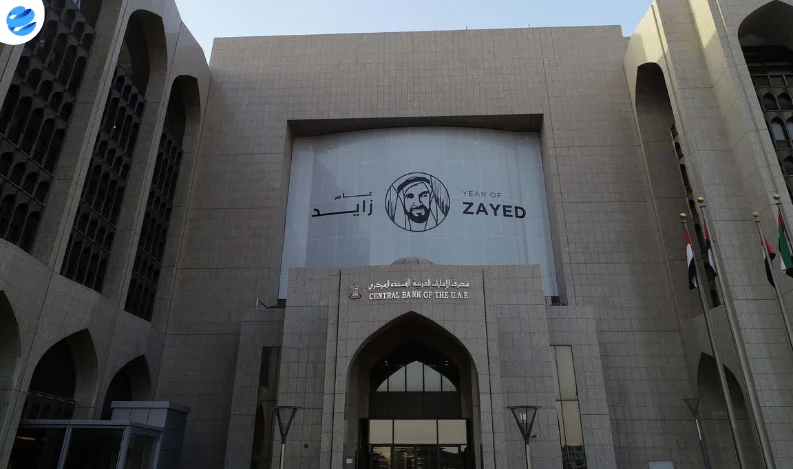Global oil prices could fall further after OPEC+ confirmed a production increase of 411,000 barrels per day for June — mirroring last month’s surprise hike and signaling a strategic shift within the alliance.
Despite ongoing demand concerns, particularly from China, and a strong supply push from U.S. producers, the group led by Saudi Arabia and Russia appears focused on asserting output control amid internal compliance tensions.
Brent crude is hovering near $61 per barrel, and WTI is trading below $60 — both at multi-year lows. Oil prices have already dropped nearly 20% year-to-date, pressured by weaker global economic sentiment and rising inventories.
Analysts at TD Cowen warn that global stockpiles could increase by up to 200 million barrels over the next three quarters, potentially dragging prices into the low $50s if current trends persist.
The production boost comes as Iraq and Kazakhstan continue to exceed output quotas, challenging group cohesion. Meanwhile, countries like Saudi Arabia, with a fiscal break-even oil price above $90, face budget pressures that could limit future mega-project spending.
In contrast, U.S. shale producers such as Chevron are already pulling back, citing market softness as a reason to trim capital investments and share buybacks.
The next key signal will come on June 1, when OPEC+ convenes to decide production levels for July — a decision that could set the tone for oil prices heading into the second half of the year.























